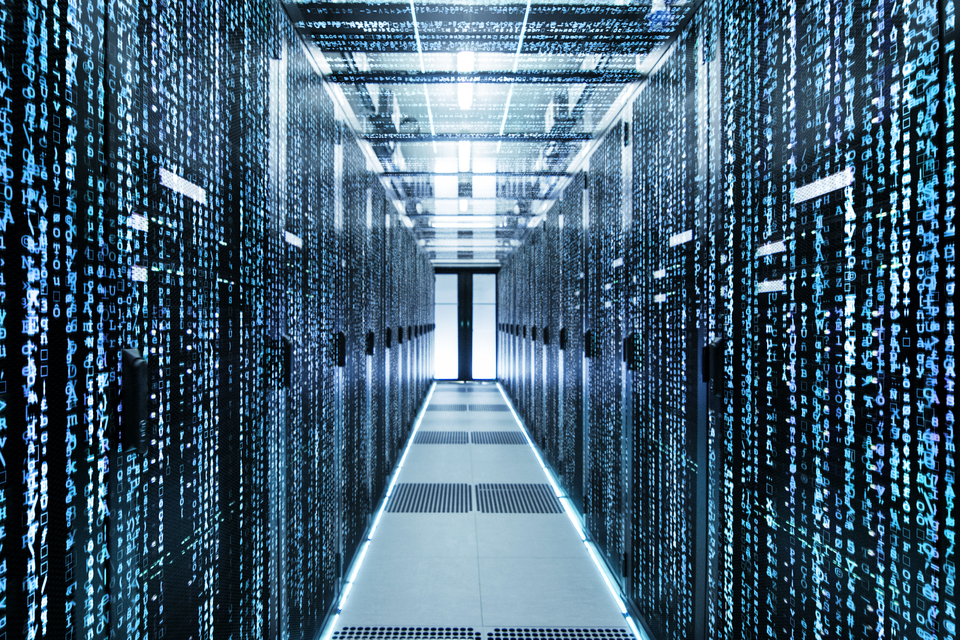Using a supercomputer and three years of work, Swiss astrophysicists from the University of Zurich were able to virtually model the formation of the Universe.
The idea that we already live inside a simulation or a holographic projection is the subject of a serious scientific debate. Figures as noteworthy as Elon Musk put stock in the idea of us living inside a computer simulation.
A panel of astrophysicists, theoretical physicists, and philosophers reflected on the issue at last year’s Isaac Asimov Memorial Debate, held at the American Museum of Natural History in New York.
Neil deGrasse Tyson, the moderator of the debate, estimates that the chances of human existence being a program on a hard disk are one in two.
Swiss scientists create the largest ever simulated universe.Click To TweetUntil we come to a definitive conclusion on whether we live in a simulation built for whatever purpose or not, scientists from Switzerland have contributed to the other end of the argument: they created a simulated universe with a supercomputer.
The Largest Virtual Model of our Universe
A group of astrophysicists from the University of Zurich spent three years working on designing the largest computer simulated universe. This simulation gathers a huge catalog of 25 billion galaxies made of 2 trillion digital particles.
To generate this whopping number of digital particles and arrange them into galaxies, the team developed a special code, named PKDGRAV3, to describe very precisely the dynamics of dark matter as well as the formation of large-scale structures in the Universe.
To run the code, designed to optimally use memory and modern supercomputer architectures, researchers used Piz Daint, a supercomputer at the Swiss National Supercomputing Center, requiring over 4,000 Nvidia Tesla P100 GPUs to run for 80 hours.
Researchers published their results in the journal Computational Astrophysics and Cosmology.
Simulated Universe Inside a Simulation?
The simulation will be used during the Euclid mission to calibrate the experiments onboard the Euclid Telescope, scheduled to be launched in 2020 by the European Space Agency (ESA).
The Euclid mission will tackle the “dark side” of the Universe, i.e., dark matter and dark energy, which is one of the most enduring enigmas of modern science.
In the space of only a few decades, humanity has passed from an elementary knowledge of the Universe to simulate a big part of it.
With supercomputers getting exponentially more powerful, how much time would it take before being able to recreate the entire Universe, and life within, in a simulation? If we are indeed close to that achievement, what does this mean for our own “reality”?
We take “reality” for granted.
We consider as self-evident what we perceive as “real” which is the reflection of an objective and physical reality. But perhaps our universe, from the atoms and molecules that make up our body to the largest galaxies, is nothing but a sophisticated simulation running on a supercomputer, and where we, the “Sims,” are building our own simulations.



















Comments (0)
Most Recent